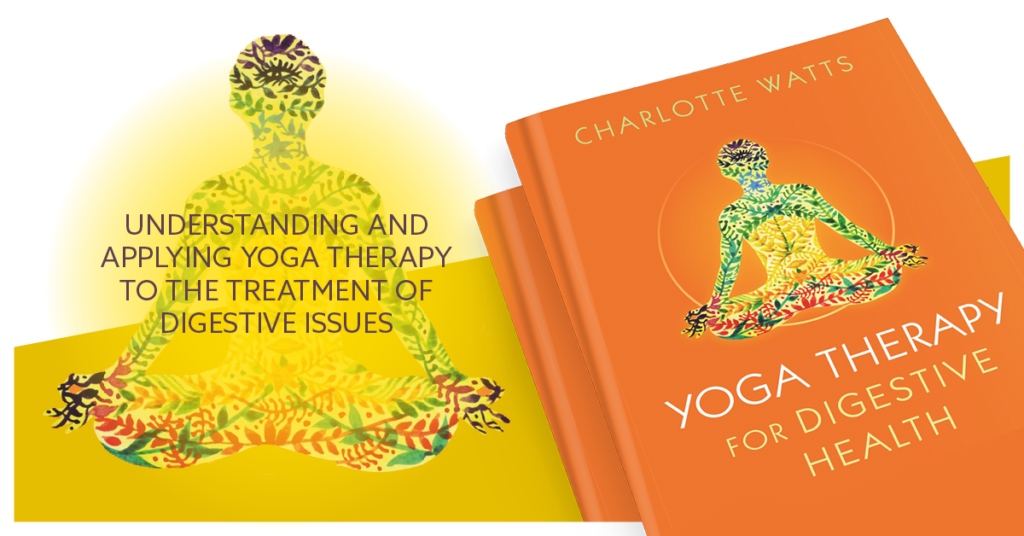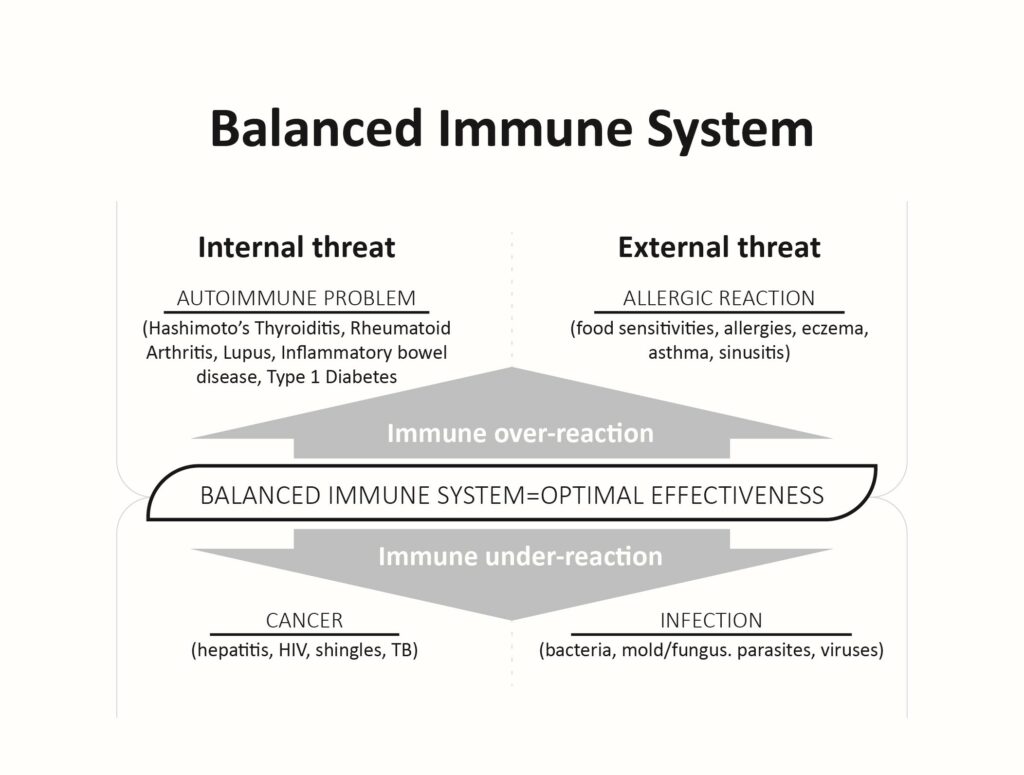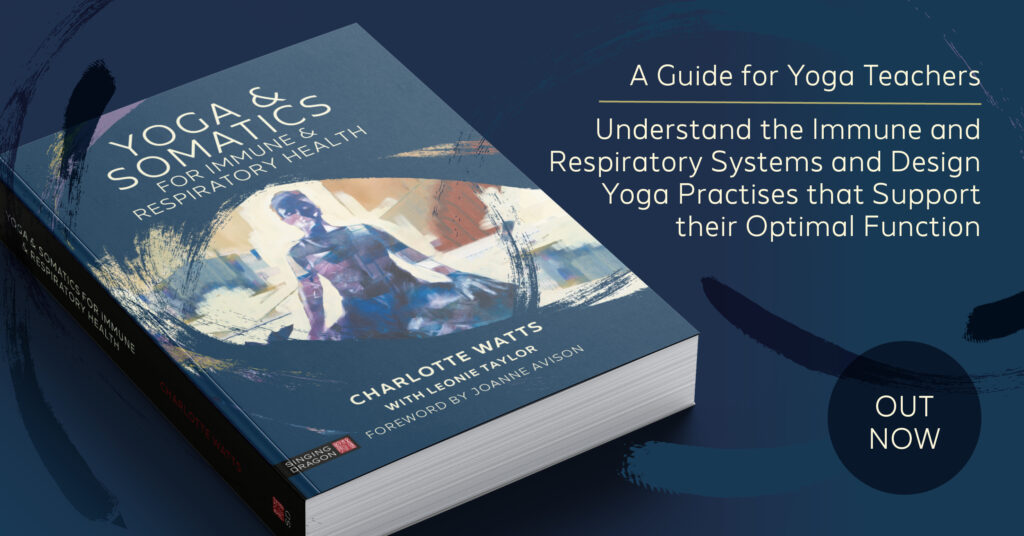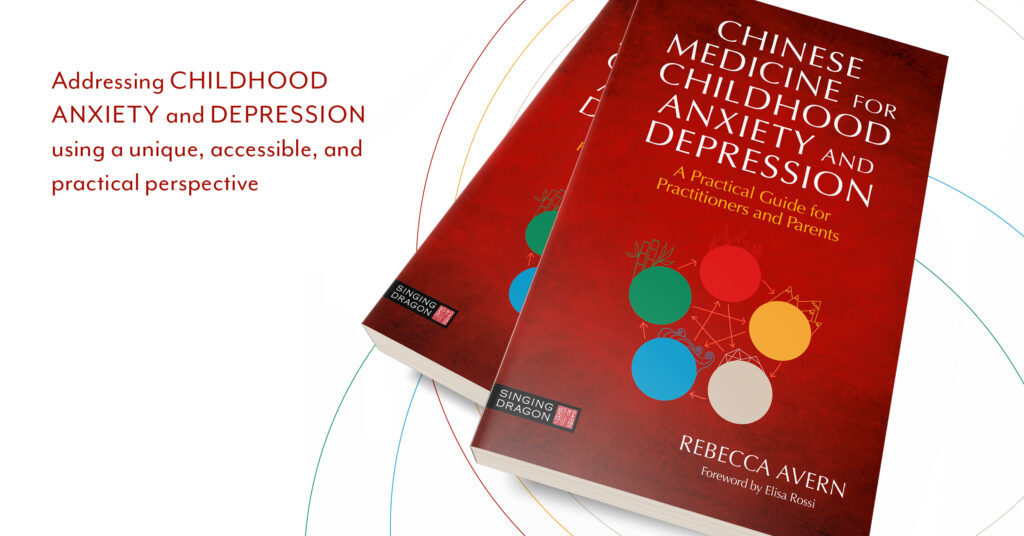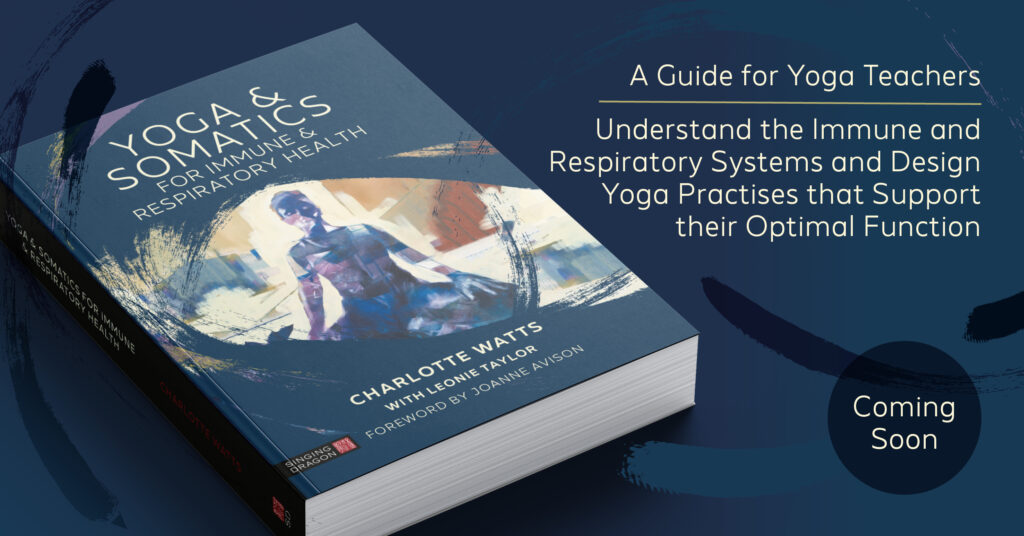We explore why listening in to and cultivating compassion for your microbiome can affect your whole health, including your immunity and mood…
Written by Charlotte Watts and Leonie Taylor, co-authors of Yoga Therapy for Digestive Health and Yoga and Somatics for Immune and Respiratory Health.
When we explore a meditative yoga or somatic practice, we bring attention to the subtle body, our interior landscape, as a means of then expanding clearer compassionate connection to our environment. In scientific terms, this plays out in the relationship between our microbiome and our whole body-mind integration, and out into the world around us.
The importance of the gut environment – the microbiome – on all aspects of our health, including psychological, is being increasingly researched. We are home to trillions of bacteria and, in a healthy digestive tract, 80% friendly, 20% pathogenic. The beneficial or probiotic bacteria help keep harmful bacteria as well as colonisers like yeast in check. Low probiotic bacteria levels are associated with depression and fatigue states, whereas a healthy gut flora can modulate the hypersensitivity that may come from chronic exposure to stress. Our microbiome is now believed to be a large part of the signalling mechanisms up through the gut-brain axis, where its communication plays a vital role in healthy brain function.
